Someone once said that reading can make your world bigger. Someone also said that reading can be a mirror to your own true self.
I projected both of these thoughts on the screen in my classroom recently as a way for my 8th grade ELA students to reflect on the books they read during the school year. I asked them to think about which of the books they read held a mirror to themselves and which made their world bigger. I also asked them to think about which books did a bit of both.
We do a Reading Workshop model in my class, while at the same time doing one common text each quarter. This means that two-three days a week for thirty minutes we silently read in class. If I am not conferencing with students, I also read. I have a classroom library of over a thousand titles, plus kids have access to our excellent Media Center. The Media Center Specialist and I both work very hard to build libraries that are high-interest and representative of the diversity of not just our student population, but of ideas and issues in society as well.
Let me paint the picture for you of what my classroom/school looks like: As you can see by my photo at the top of this article, I am a white woman. I am married and in my late thirties, cis-gender, and straight. I come from an affluent, mostly white community where I was born, raised, and live with my family.
The school where I teach is an urban, Title 1 district. Seventy-eight percent of the 8th-grade class is on free/reduced lunch. The demographic breakdown of the 8th grade is: 12.6% Black, 2.2% Asian, 41.8% Hispanic, 1.3% Native American, 7.9% identify as two or more categories, and 34.3% white. This data does not include our LGBTQ community but based on just my students and who I know to be out, that percentage is around 2% (of my classes, not the entire grade). We also have transgender students and gender non-conforming students. Thirteen percent of the 8th grade receive Special Education services and twenty-one percent are English Language Learners (English as their Second Language). A full 84% of our 8th grade is considered “at risk”.
That is a lot of different mirrors to provide. But it’s also a lot of chances to make some worlds bigger too. Upon looking back over the school year and the social, political, and cultural events we have encountered and discussed, I put together the following list of books that my students and I deemed excellent mirrors and “world expanders.”
Warning: these books will change you.
All-American Boys by Jason Reynolds and Brendan Kiely
Rashad, a budding artist, ROTC, and an all-around good kid. He gets beat up by a white cop who thinks Rashad is stealing from a convenience store. The beating sends him to the hospital for days, and the phrase Rashad Is Absent Again gets scrawled on the pavement at school. It then becomes a hashtag. Quinn, a star basketball player at the same school, sees it all happen. The cop is Quinn’s best friends older brother. At first, he doesn’t tell anyone what he saw, but when it blows up at school and then all over national TV, Quinn has to decide whether to be just a bystander or to talk.
Reynolds and Kiely alternate writing chapters from Rashad and Quinn’s points of view in a book that brings the issues of racism, police brutality, and the Black Lives Matter movement into focus for readers.
How It Went Down by Kekla Magoon
Sixteen-year-old Tariq Johnson dies of gunshot wounds. Tariq is black; the shooter is white. Everyone has a story about Tariq and what happened. The thing is, not all the stories align. Inspired by the 2012 Trayvon Martin shooting, Magoon has several unreliable narrators give first-hand accounts of what they saw–or think they saw–and of who Tariq was to them. Again, the varied narrator voices and vivid description gives focus to communities mainstream America would most likely like to sweep under the rug. Many of my students not only found themselves reflected somewhere in this book but had their world expanded thinking about the situations and choices that others are forced to make.
The Hate U Give by Angie Thomas
Angie Thomas does an impeccable job of taking what Reynolds & Kiely and Magoon started and takes it a step further in The Hate U Give. Narrator Starr Carter is sixteen years old. Her mom and dad (a former gang leader) decide that the area they live in is too dangerous and does not provide enough opportunity for their children, so they send Starr and her brothers to an affluent, almost all-white prep school in the suburbs. Starr is already caught between two worlds: school and the neighborhood. Then she becomes the only witness when her childhood friend, Khalil is hauled out of his car and shot by a white police officer. Khalil was unarmed.
Thomas does not shy away from bringing up the deep-rooted, systematic racism that put Emmett Till to death in 1955, the works of Malcolm X, the poetic lyrics of Tupac, and the passion behind the Black Lives Matter movement.
American Street by Ibi Zoboi
Fabiola Toussaint and her mother decide to leave Port-au-Prince, Haiti to start a new life in Detroit on the corner of American Street and Joy Road with Fabiola’s aunt and cousins. But before they can get there, Fabiola’s mother is detained by immigration forcing Fabioloa on alone to acclimate to an entirely new culture: the gritty west side of Detroit. Zoboi is an immigrant herself from Port-au-Prince and not only captures the ugliness but the beauty of Detroit. She weaves Haitian culture and beliefs alongside crime and family secrets.
Between The World and Me by Ta-Nehisi Coates
This is the only nonfiction selection, and it’s geared more toward older teens/high school students. I include it because I think as educators, Coates gives us a much-needed lens: that of a Black parent to a Black child about what it’s like to be Black in America. Coates, addressing his son, takes the reader on the journey of his life as he quickly learned that America is built on the bodies of Black people: from the streets of Baltimore where he grew up, to Howard University, to New York City. He dissects personal and historical events in terms of race and the systematic assault on Black people in this country.
The links I have provided are not affiliate links, because we want as much of the sale of each book to go to the author as possible.
If you are passionate about supporting cultural competency in schools, I urge you to check out Being Black at School. Founder Kelly Hurst continues the conversation about dismantling hate in schools, bringing about racial justice for students, and raising up Black voices and achievements on the BBAS blog. I urge you to read the above books, read more about BBAS, and get involved either by directly or via donation.
Disclaimer: This is not a sponsored post. No links are an affiliate. BBAS did not compensate The Educator’s Room or Katie Sluiter in any way for this post. Opinions are entirely those of the writer of this post.


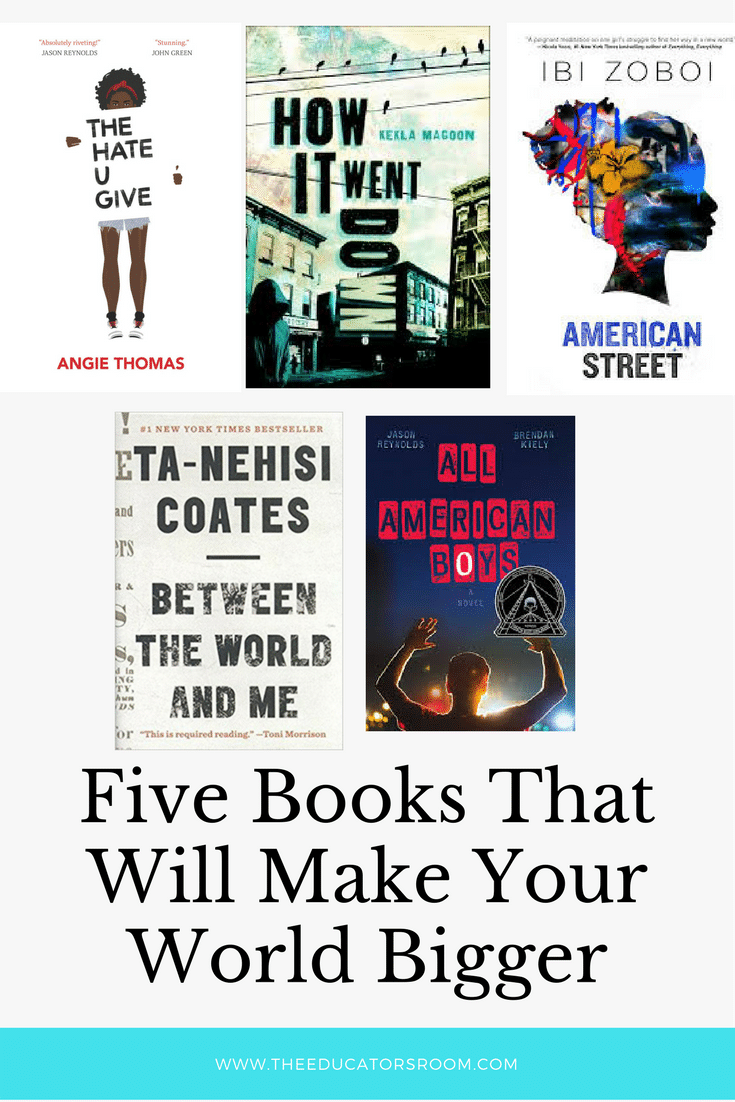

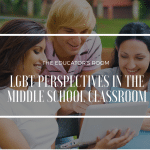
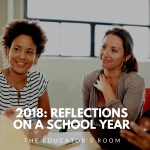
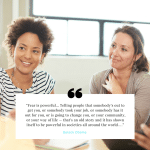
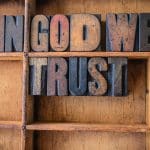
You are awesome. Thanks for the recommendations – I’m going to get them for my library.
I am inspired by your concepts. I am a retiring dentist and sad I will be leaving my work largely for physical limitations reasons. I also leave the complexity of thought, variety of people and ability to serve there. But people of different backgrounds, races and thought patterns live nearby. I can help in their world, make a difference. The books you suggest, I will read, although I’m 65. I want to broaden my world – but I can do that within 10 miles of me. Thanks for the inspiration I needed today. I’d like to stay in touch with you and your blog and work.